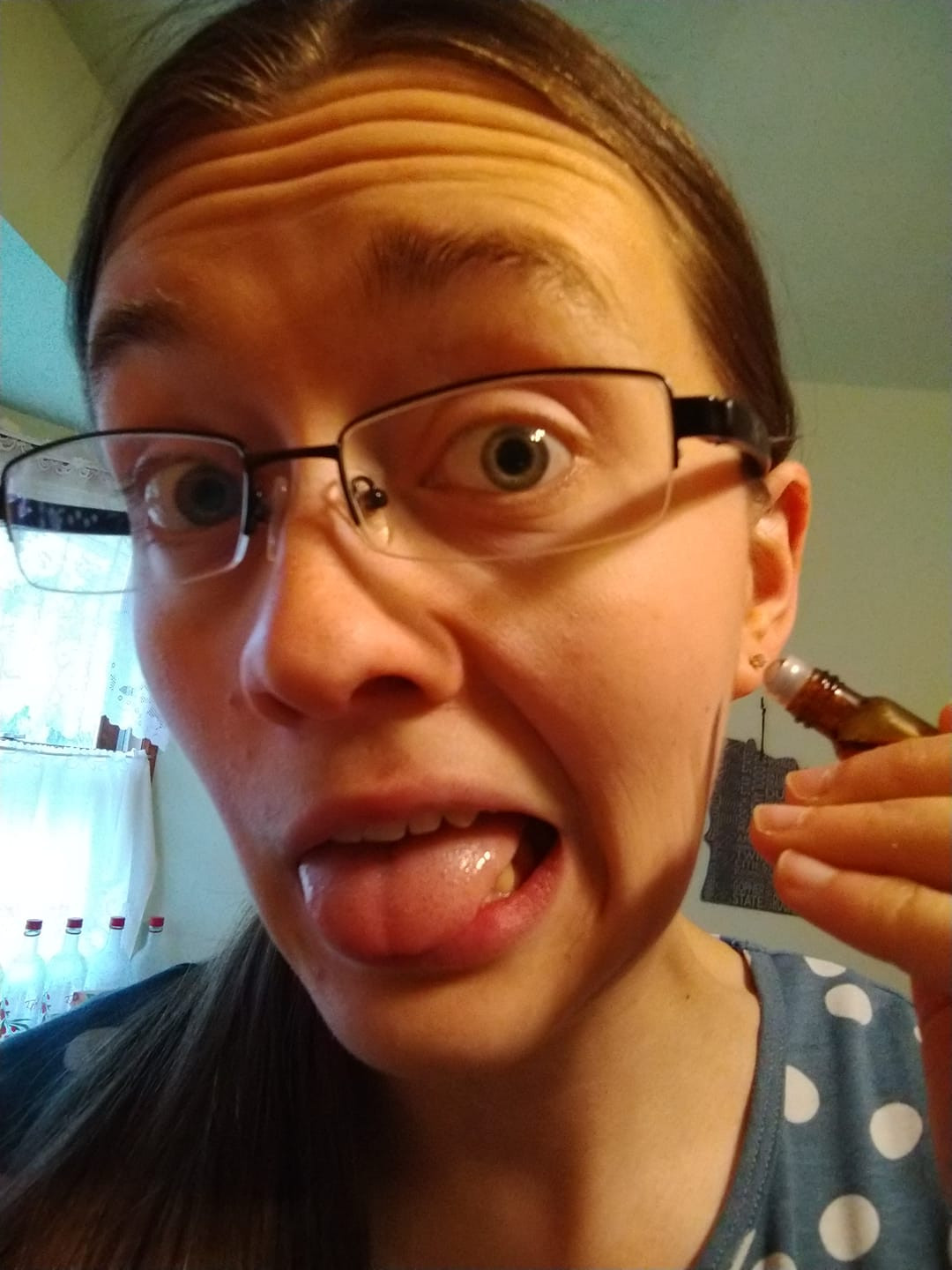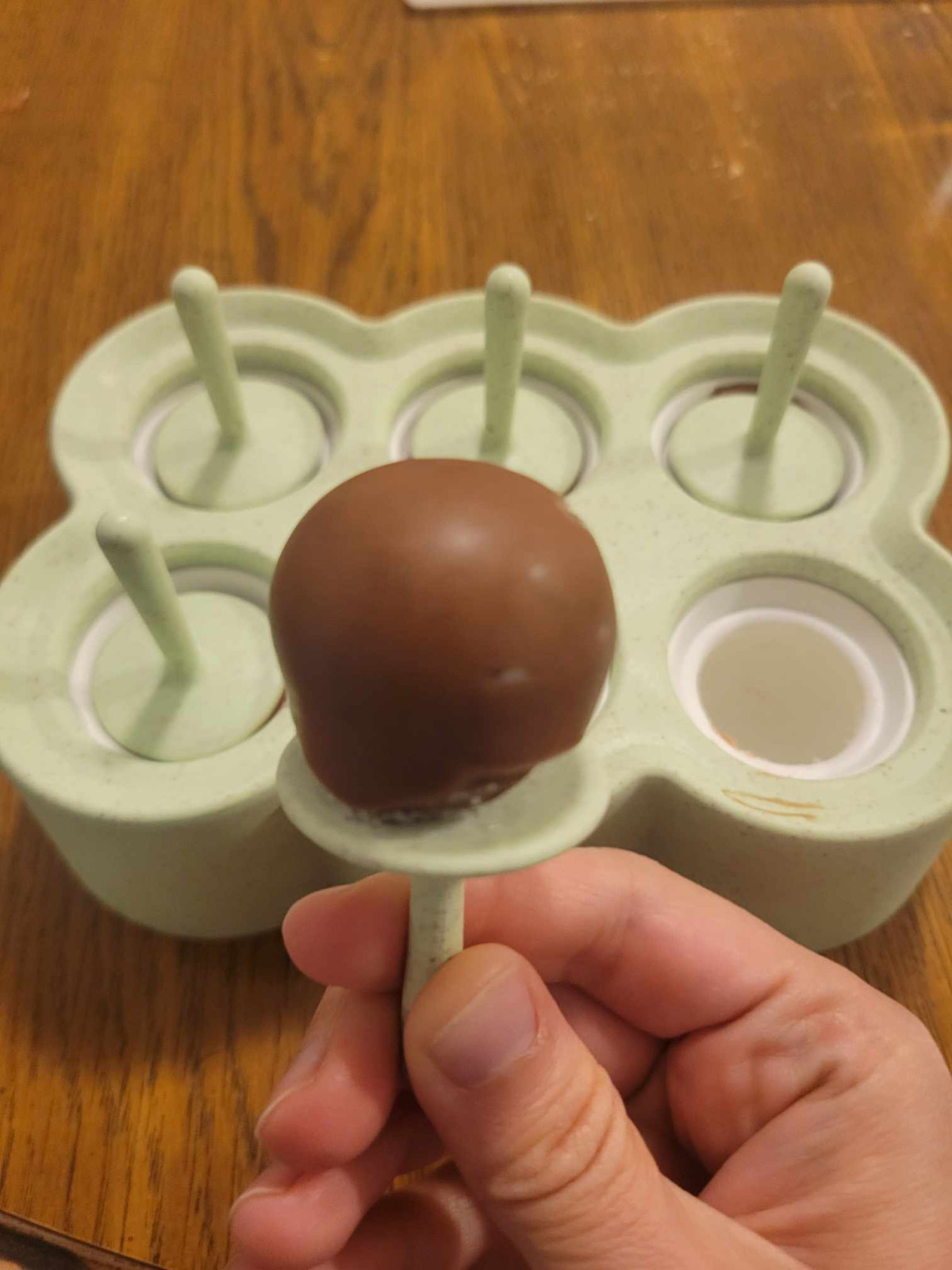
Tinnitus, often described as a ringing, buzzing, or whooshing sound in the ears without an external source, is a surprisingly common condition that affects millions of people worldwide. Despite its prevalence, there are many misconceptions about tinnitus that can lead to confusion and frustration for those experiencing it. Let's explore the truth about this complex condition.
Tinnitus is a symptom, not a disease
Contrary to popular belief, tinnitus itself is not a disease but rather a symptom of an underlying condition. It can be caused by various factors, including hearing loss, head and neck injuries, TMJ disorders, traumatic brain injuries, infections, heavy metals, lack of spinal alignment, vestibular disorders like Meniere's disease, and even certain medications. Understanding the root cause is crucial for effective management.
It's more common than you think
Tinnitus affects an estimated 50 million people in the United States alone and over 600 million worldwide. This means that roughly 10-15% of the global population experiences some form of tinnitus, making it a significant health concern that often goes unrecognized.
There's no single cure, but there is hope
While there's currently no universal cure for tinnitus, that doesn't mean those affected are powerless. Many people naturally learn to cope with tinnitus over time, and various treatment options can help manage symptoms and improve quality of life. These may include:
- Sound therapy
- NUCCA chiropractic care -- I recommend Spine and Body Renewal in Rockford IL if you need one locally.
- Cognitive behavioral therapy
- Occupational Therapy -- I recommend Spine and Body Renewal in Rockford IL if you need one locally.
- Mindfulness-based techniques
- Hearing aids (for those with associated hearing loss)
- Stress reduction techniques
- Lifestyle modifications
The brain plays a crucial role
The perception of tinnitus is closely tied to how our brains process and react to the phantom sound. Our emotional and psychological responses can significantly impact the severity of tinnitus symptoms. By changing our reaction to the sound, we can often reduce its impact on our daily lives.
Hidden hearing loss may be a factor
Recent research suggests that some individuals with tinnitus may have "hidden" hearing loss - damage to the auditory nerve that isn't detected by conventional hearing tests. This discovery is shedding new light on potential causes and treatment approaches for tinnitus.
Management is key
Living successfully with tinnitus often involves a combination of treatments and coping strategies. These may include:
- Using white noise or nature sounds to mask the tinnitus
- Practicing relaxation techniques like meditation or yoga
- Maintaining spinal alignment through NUCCA care
- Joining support groups to share experiences and coping strategies
- Maintaining a healthy lifestyle with good sleep habits and regular exercise
- Learning body mechanics through Occupational Therapy that can help with easing symptoms
- Exploring new technologies like bimodal stimulation devices
The importance of seeking help
If you're experiencing tinnitus, it's crucial to consult with healthcare professionals, including your primary care doctor and an ear, nose, and throat specialist. They can help rule out any underlying medical conditions and guide you towards appropriate management strategies.
Heavy Metals and Tinnitus
Emerging research suggests that heavy metals may play a role in the development of tinnitus. Elevated levels of heavy metals such as manganese, cadmium, chromium, and selenium have been found to potentially contribute to subjective tinnitus. These metals can lead to oxidative damage and decreased antioxidant activity, which may affect auditory function. If heavy metal toxicity is suspected as a contributing factor to tinnitus, a safe detoxification process is essential. I have utilized the 11 Day Jumpstart to help my body naturally detox safely, but here are some steps to consider: - Consult a Professional: Seek guidance from a healthcare provider before starting any detox regimen. They can perform tests to confirm heavy metal toxicity and recommend appropriate treatments.
- Chelation Therapy: This medical procedure involves the administration of chelating agents that bind to heavy metals, allowing them to be excreted from the body. It should be performed under medical supervision due to potential side effects.
- Dietary Changes: Incorporate foods that support detoxification, such as leafy green vegetables, herbs, spices, and algae. These foods can help break down and eliminate heavy metals from the body.
- Supplements: Certain supplements, such as those containing glutathione, can aid in the detoxification process by promoting the excretion of heavy metals.
- Hydration and Exercise: Staying hydrated and engaging in regular physical activity can support the body's natural detoxification processes.
Living with tinnitus can be challenging, but understanding the truth about this condition is the first step towards effective management. With the right approach and support, many people find ways to reduce the impact of tinnitus on their daily lives and regain a sense of control. Remember, you're not alone in this journey, and there are resources and treatments available to help you cope with tinnitus.
















